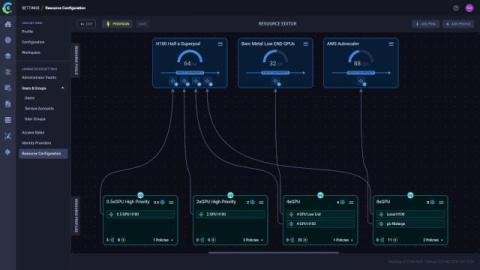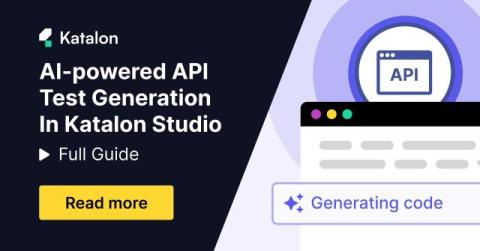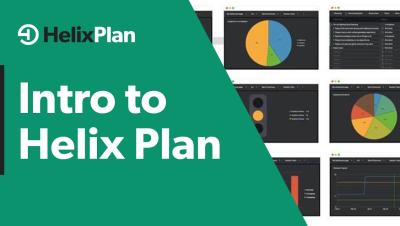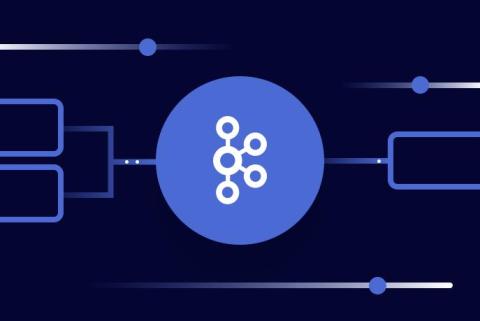Manage Resource Utilization and Allocation with ClearML
Written by Noam Wasersprung, Head of Product at ClearML Last month we released the Resource Allocation & Policy Management Center to help teams visualize their compute infrastructure and understand which users have access to what resources. This new feature makes it easy for administrators to visualize their resource policies for enabling workload prioritization across available resources.











